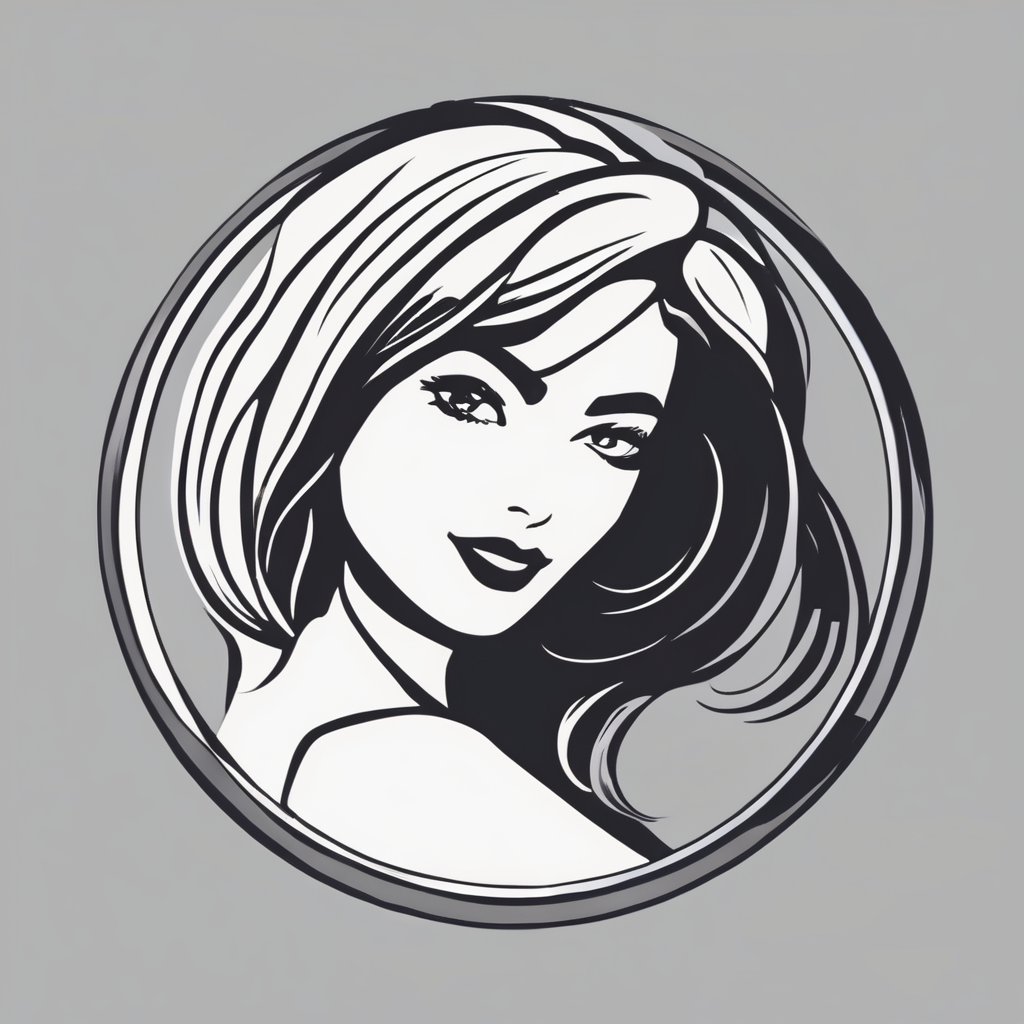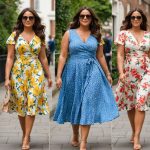Overview of Color Psychology
Color psychology is the study of how colors influence human emotions and behavior. It explores the connection between hues and feelings, considering the psychological effects colors have on mood enhancement. This field is significant as it affects everyday decision-making, from choosing clothes to decorating spaces, potentially impacting productivity and comfort.
The relationship between colors and emotions is well-documented. For example, warm colors such as red and yellow can evoke feelings of warmth and energy. Conversely, cool colors like blue and green often promote calmness and relaxation. This understanding assists in creating environments tailored to desired emotional outcomes.
Also to see : Revamp your everyday beauty regimen with sustainable and eco-friendly tips
Historically, color psychology has roots in ancient civilizations. Egyptians and Chinese civilizations used color therapeutically in holistic medicine, highlighting its long-standing importance. Over time, scientific studies have evolved, further validating the influence of color on the human psyche. In modern times, this knowledge is applied in diverse fields, including marketing, design, and art, making color psychology an essential tool in shaping human experiences. Embracing its principles can help one gain insights into emotional responses, improving daily interactions with the surrounding environment.
Emotional Effects of Specific Colors
Understanding color meanings and their psychological impact can greatly enhance our emotional well-being and fashion choices. Different hues evoke distinct emotional responses and have been widely studied for their effects on mood and behaviour.
Also to read : Conquering menopause: unlocking the power of herbal solutions for natural hormonal balance
Red
Red is often associated with passion and energy. This vibrant hue can stimulate excitement, increase heart rate, and grab attention, making it ideal for pieces intended to make a bold statement in fashion. Wearing a red dress or tie can convey confidence and attract notice, influencing how you’re perceived in social or professional settings.
Blue
Connected to calmness and tranquility, blue is known to lower stress levels, promoting a sense of peace. It also enhances creativity and productivity, often used in workspaces to encourage focus. Incorporate blue into your wardrobe with accessories like scarves or ties to add a touch of serenity to your ensemble.
Yellow
Yellow evokes happiness and optimism, creating a warm and inviting aura. It stimulates mental energy, which can be uplifting in fashion choices. A yellow blouse or handbag can bring a cheerful flair to an outfit, perfect for brightening a dreary day or setting a joyful tone.
Practical Fashion Tips for Mood Elevation
Delving into fashion choices can do wonders for mood improvement. The impact of color combinations is significant, influencing how we feel and how others perceive us. Begin by understanding your personal color preferences; this involves recognizing which shades make you feel vibrant and confident.
Focusing on colors that resonate with your emotions is key. Consider creating a palette that elevates your mood. Blues and greens often instill calmness, while warm hues like yellows and reds can invigorate. The art of mixing and matching colors allows for personal expression, which inherently boosts confidence. Experiment with unexpected pairings such as navy with coral or mustard with teal to create interesting ensembles.
When it comes to choosing colors for specific occasions, consider the psychological effects they carry. For an invigorating start to the day, integrate brighter hues which can uplift spirits. For more formal settings, deeper tones such as burgundy or charcoal grey might be suitable, conveying professionalism without sacrificing mood-enhancing properties.
Thus, embracing a nuanced understanding of colors in your wardrobe can enhance not only your personal style but also your emotional well-being, making fashion a powerful tool for mood elevation.
Expert Insights and Case Studies
Clothing color goes beyond aesthetics, impacting mood and emotion significantly. Renowned fashion psychologist Dr. Karen Pine states, “Colors can affect mood beyond our awareness, influencing our emotional well-being.” This insight aligns with case studies exploring the transformative power of color in fashion.
One study examined office workers adopting different clothing colors. The experiment revealed that wearing brighter shades resulted in increased productivity and positivity, aligning with color psychology theories. Specifically, those donning vivid hues like red and yellow consistently reported higher energy levels and enthusiasm.
Real-life examples further underscore color’s impact. Take Sue’s story, a marketing executive who swapped her monochrome wardrobe for a palette of vibrant shades. After this switch, Sue experienced enhanced confidence and creativity at work, attributing these changes to the revitalizing effects of color.
Trends in fashion increasingly emphasize color psychology, as designers weave emotional elements into their collections. According to color expert Leatrice Eiseman, “Understanding color’s impact allows us to make mindful clothing choices.” This connection between color and mood has transformed fashion into not only a style statement but also a tool for emotional expression, paving the way for more informed wardrobe decisions.
Conclusion and Actionable Steps
The influence of colour on emotional well-being cannot be overstated. From the vibrant tones that boost confidence to calmer hues that provide solace, colours are powerful tools in shaping how we feel. Whether it’s the bold red that energizes or the tranquil blue that soothes, being aware of these effects can be a game-changer.
To incorporate these insights, experiment with colour in your personal fashion. Consider colour awareness in your wardrobe selections. Start by introducing one new colour that resonates with you. Pay attention to how your mood shifts with each choice. Wardrobe selections should reflect your personality but also accommodate the psychological benefits of colour.
Finally, embrace colour psychology as part of your daily routine. It goes beyond clothes. Think about the spaces you inhabit and the objects you use regularly. Make conscious decisions about these elements to create a more positive environment. Small, consistent changes can lead to lasting mood elevation and enrich your daily life. By fully integrating these practices, you can harness the uplifting power of colour in every aspect of your life.











